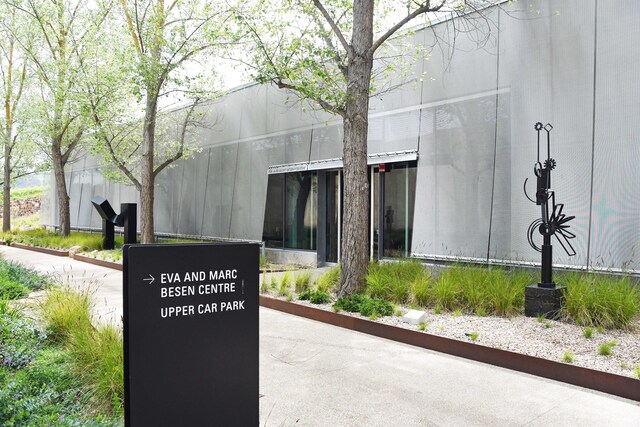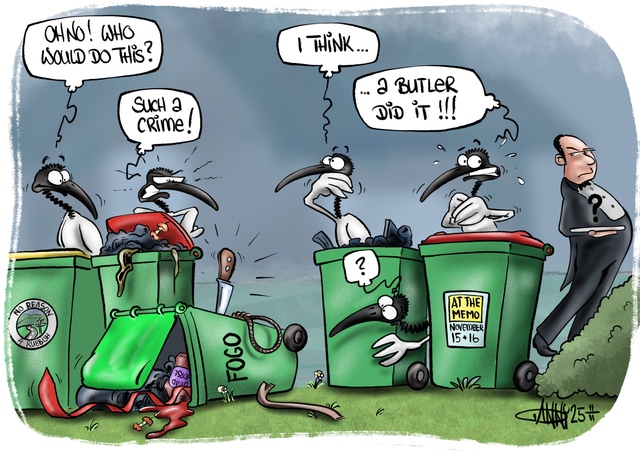THE Southern Dandenongs Landcare Group is reminding residents to remove the seeding heads of their agapanthus plants. ‘Aggies’ are just finishing flowering and will shed millions of seeds throughout the Yarra Ranges.
They will end up in bushland, and on the banks of creeks, unless people cut off the seed heads and place them in a green-waste bin.
Secretary of the landcare group, Jackie Glen, said this common variety was a threat to the environment.
“These South African imports are popular because they are hardy, they need no maintenance, nothing eats them and they spread by seed and by roots,” she said.
“This makes them the perfect combination for an introduced plant to become an environmental weed.
“Anyone who has tried to remove aggies will know how difficult it is to do because they have a robust root-system.”
In fact, Ms Glen said a mattock is needed to remove the root ball and, even then, small rootlets are left behind.
Aggies are useful plants for difficult spots if their spread is contained. Ms Glen said the hundreds of environmental volunteers in Yarra Ranges would like people to replace their agapanthus with indigenous plants, like the Tasman flax lily, dianella tasmanica or the butterfly flag lily, diplarreana morea.
“These plants provide food and shelter for butterflies and insects, which, in turn, provide food for the birds, frogs and lizards we are so fortunate to have in our gardens,” she said.
“Agapanthus, on the other hand, only provide a refuge for introduced slugs and snails.
“But if you can’t bear to part with your aggies, at least dead-head them.”
As part of their ‘Aggies’ campaign, the landcare group has displayed a banner over the Belgrave-Hallam Road.
Aggies raises ugly head

Digital Editions
-

National gong for museum
Purchase this photo from Pic Store: 517193 A decade-long project at the TarraWarra Museum of Art has recently been recognised on a national scale for…





